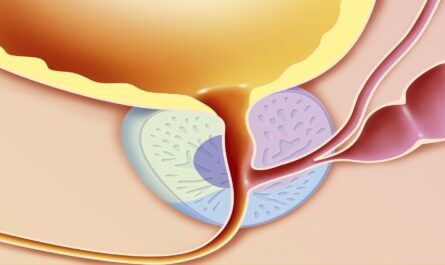Researchers at Kyushu University and Harvard Medical School have made a significant breakthrough by identifying proteins that can reprogram fibroblasts, the most common cells in skin and connective tissue, into cells with properties similar to limb progenitor cells. This discovery, published in Developmental Cell, holds promise for regenerative therapy and offers hope to the approximately 60 million people worldwide living with limb loss.
Limb loss can occur due to various medical conditions, accidents, or birth defects, leading individuals to rely on artificial prostheses. The study of limb development and the potential for regenerative therapy aims to offer natural tissue replacement as a future treatment option.
In embryo limb development, limb progenitor cells play a crucial role in forming different limb tissues such as bone, muscle, cartilage, and tendon. Dr. Yuji Atsuta, the lead researcher, highlights the importance of creating an accessible method for generating these cells without the ethical concerns associated with obtaining cells directly from embryos or the potential risks of induced pluripotent stem cells.
The researchers’ innovative approach involves directly reprogramming fibroblast cells into limb progenitor cells, bypassing the use of induced pluripotent stem cells. This streamlined process not only simplifies and reduces costs but also mitigates the risk of cells turning cancerous, a common issue with induced pluripotent stem cells.
By identifying specific genes, including essential transcription factors, expressed in early limb buds, the researchers successfully reprogrammed mouse fibroblasts into limb progenitor-like cells. Through a series of experiments, they isolated three key protein factors—Prdm16, Zbtb16, and Lin28a—that were essential for this reprogramming process, with an additional protein factor, Lin41, aiding in cell growth and multiplication.
The reprogrammed limb progenitor cells exhibited similar gene expression patterns and developmental abilities as natural limb progenitor cells, demonstrating their potential to develop into specialized limb tissues both in vitro and in vivo. The researchers leveraged lentiviruses to transplant reprogrammed mouse cells into chicken embryos, with plans to explore safer vectors for future applications in human cells.
Looking ahead, Atsuta’s team aims to further refine this method for therapeutic use in humans and explore its potential in species like snakes that have lost limbs during evolution. The generation of limb bud-like organoids from reprogrammed cells suggests the possibility of regenerating limb tissues in species that have experienced limb loss, offering new insights into developmental biology.
*Note:
1. Source: Coherent Market Insights, Public sources, Desk research
2. We have leveraged AI tools to mine information and compile it




